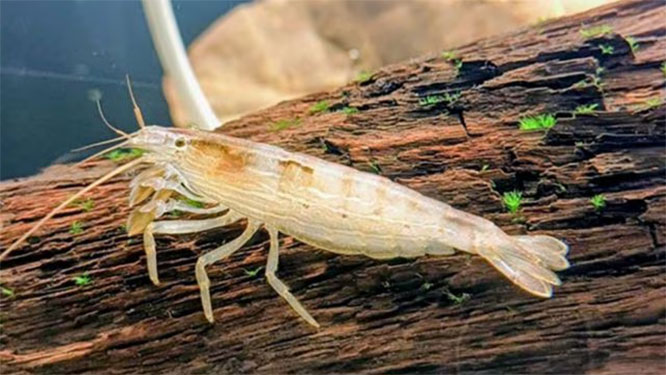
Kochi, Oct 27: United Arab Emirates (UAE) Consul General Jamal al Zaabi and Admin Attache Rashid knew about the smuggling of gold into Kerala through diplomatic channels, accused Ramees KT said in his statement to the Customs department.
The statement of Ramees KT, an accused in the high-profile Kerala gold smuggling case, was accessed by news agency.
"UAE Consul General Jamal al Zaabi and Admin Attache Rashid had knowledge about this smuggling," Ramees KT had told the Customs department during his interrogation in connection with the case.
He also revealed that the gold was smuggled to India through a UAE citizen named Dawood Al Arabi 12 times.
"Once I had seen (co-accused) Shameer concealing the gold in a cutting machine and packing the same while he was in Dubai. They had sent gold through Sadam Hussain, Mohammed Hasim, Saleem and Faisal Fareed," Ramees KT said in the statement.
"I had received a total of 4500 AED as remuneration and Rs 50,000 was paid to Sandeep out of the money i.e. 1500 USD per kilogram which the investors had given which is to be paid to Consul General. USD 1,000 per kg was been kept for Consul General," it added.
Ramees KT had told the Customs department that he had not met Al Zaabi in person but had tried to meet him in person through Sarith PS and Swapna Suresh.
The case, which is currently being probed by the Enforcement Directorate, the National Investigation Agency and the Customs Department, pertains to the smuggling of gold in the state through diplomatic channels.
The matter had come to light after 30 kg gold worth Rs 14.82 crore, smuggled in a diplomatic cargo, was busted by the Customs in Thiruvananthapuram on July 5.






Comments
Add new comment